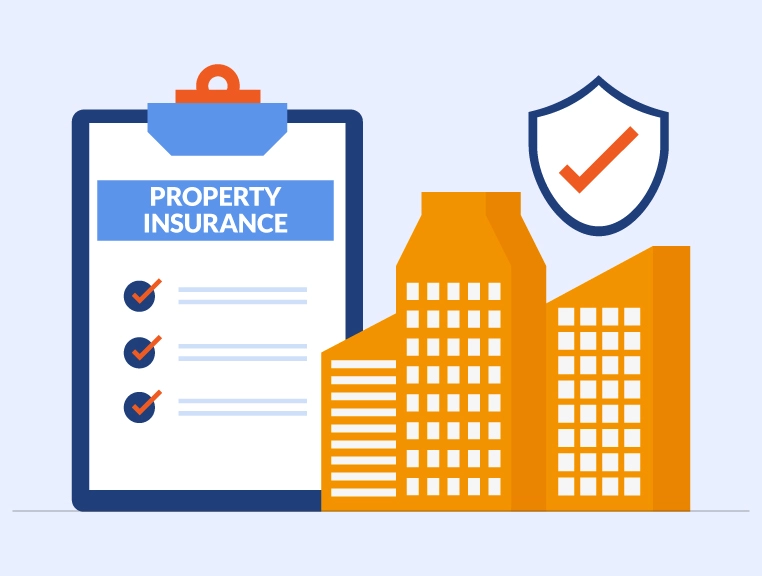The purpose of a property insurance policy is to help a policyholder gets a replacement for lost or damaged goods. However, to make extensive use of the policy, it is inevitable to know how are assets valued under a property insurance policy.
Let’s look at different ways on the basis of which assets are valued under Property Insurance-
1. Replacement Cost Value–
It is simply the cost to replace an asset with something of the same value. This cost does not fix and depends on the prevailing market rates. For instance, if you have building insurance, the property market rates can go up and down so the value of the building. However, the replacement cost value is allowed only in the case of fixed assets and not for assets, like stocks, stocks in the process, etc.
Read More: Who should buy Property and Casualty Insurance?
2. Actual Cash Value–
When an asset is insured on the basis of the actual cash value, it factors in depreciation at the time of settling the claim.
Depreciation: Remaining Life of the Asset/Useful life of the Asset
Actual Cash Value- Original Value x Depreciation
3. Fixed Value Replacement Cost–
The insurer allocates a value to an item at the beginning of the insurance policy. Thus, it means, no matter what is the value of the item or how much it increases or decreases, the value is fixed which will be paid by the insurance company to the policyholder at the time of claim.
Other than dwellings, industrial units or offices maintain books of accounts, therefore, there will be no issue in deciding the value of assets. In the case of dwellings, one should consider stock of assets under broad segments like clothing, furniture & fixture, kitchen equipment, and electronic gadgets to arrive at the sum insured.
Case1: Assets valued property insurance
Almost, two years ago, Mr. Rajiv Saxena bought a fire insurance policy, which is part of comprehensive property insurance, to cover its office structure for Rs 50 lakhs. Last year, due to short-circuiting a fire erupted at the insured space and damaged the property. As Rajiv insured the office structure on the basis of replacement cost value, the insurer calculated the claim amount on the basis of the prevailing market rates. So, as in two years, the price of the property increased, the insurer took the new price into consideration and settled the claim on the basis of it.
Read more: What are the Requirements to purchase a Property Insurance Policy?
Case: 2
Around three years ago, Mr. Ajay Shukla bought a video camera for his advertising agency. Since the cost of the camera was Rs 30,000, the insurer decided the life span of the camera was five years. In case any loss or damage happens to the camera, the insurance company will settle the claim as follows-
Depreciation: Remaining Life of the Asset/Useful life of the Asset
Actual Cash Value- Original Value x Depreciation
Therefore, here, the useful life of the asset is five years and Ajay has the camera for three years. In brief, it means still two years remain in the life span of the asset.
Depreciation (in %): 2/5- 40%
Actual Cash Value- 30,000 x 40%- Rs 12,000
It means the policy will pay out only Rs 12,000 in case of loss or damage.
Read More: What is the claim process for Property and Casualty Insurance?
Case: 3
The proud owner of an art gallery, “Picture Perfect”, Mrs. Jyoti Balasubramanian carefully curated an art collection for every art enthusiast—collector, veteran, home, or corporate. To protect her art gallery from unforeseen events, Mrs. Jyoti also bought an art insurance policy (part of property insurance) last year to ensure her items from natural and man-made items like fire, lightning, burglary, theft, etc. She insured her items on the basis of the fixed-value replacement cost. It means, the insurer pre-decided all the value of items at the time of loss. Consequently, even if the market value of insured items increases or decreases, the insurer will compensate only on the basis of the pre-decided value. Mrs. Jyoti also has a fire insurance policy. Therefore, the insurance policy will help to cover any losses or damages that may arise due to fire.




